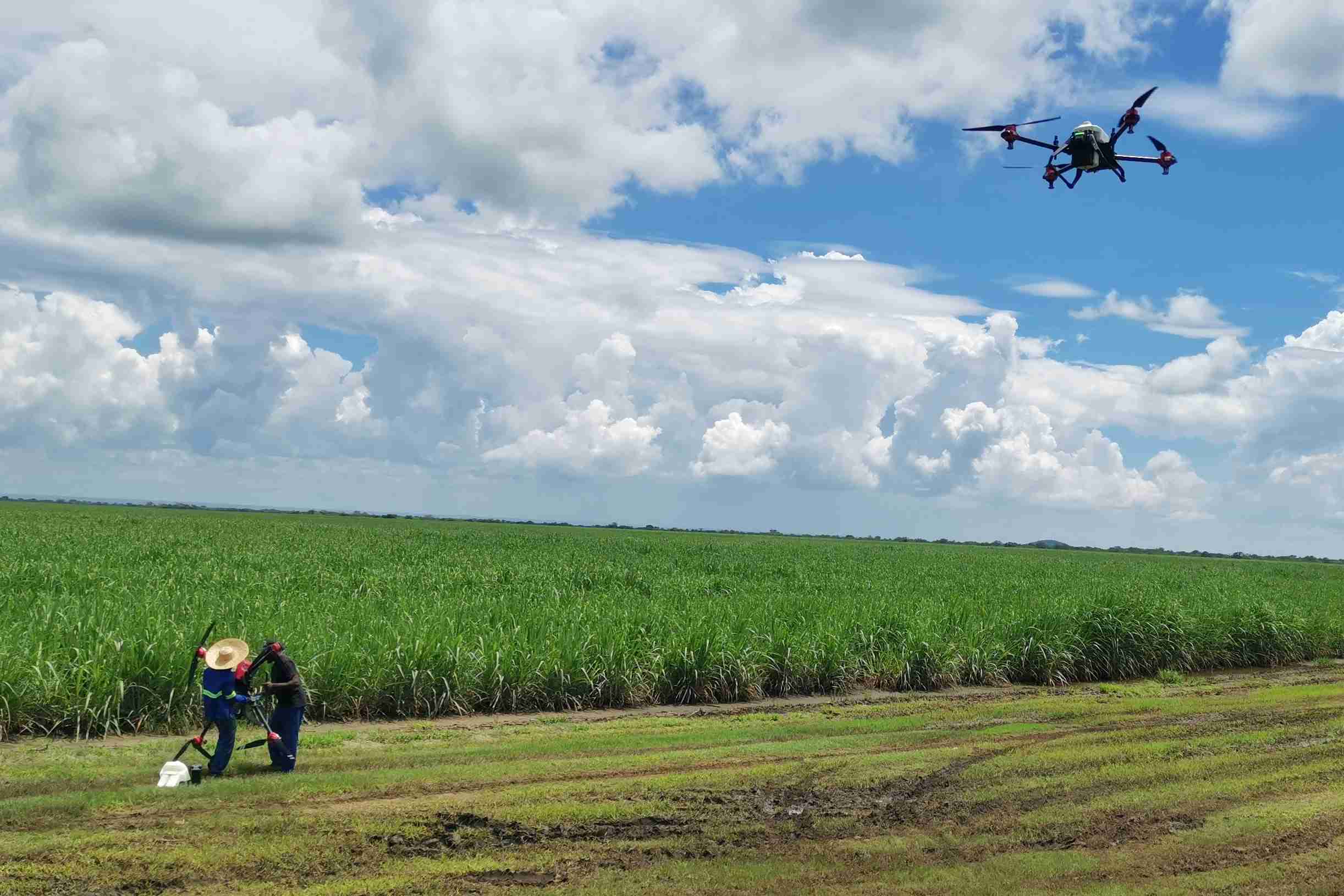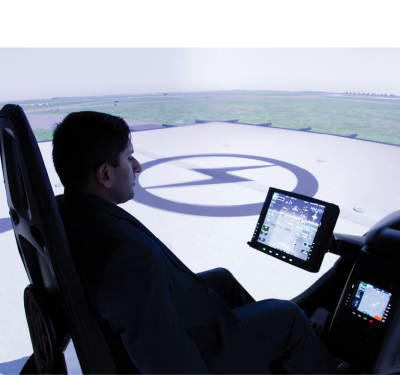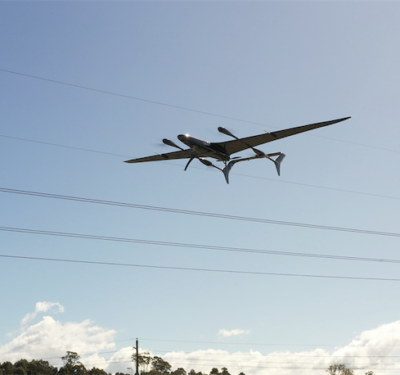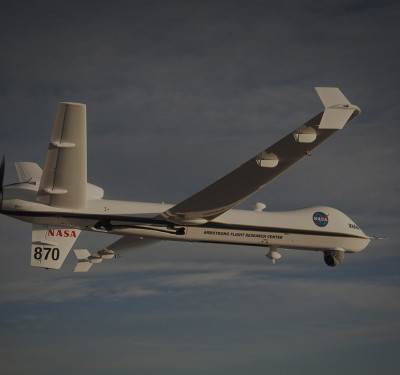
XAG Agricultural Drone conducted unmanned spraying operation in Zambia.
As African countries prepare for the looming arrival of what has become an annual locust crisis, Chinese drone manufacturer XAG has proposed that agricultural drones, through targeted night spraying application, can strongly support current ground and aerial control measures. The United Nations warned in January that East Africa remains under the threat of desert locust invasions, due to the prevailing favorable breeding conditions which enable new swarms to form and increase. Drones specifically developed by XAG for agriculture can be used to combat the ravenous pests that have wreaked havoc on food crops and placed millions of people into hunger.
According to the U.N. Food and Agriculture Association (FAO) Desert Locust situation update on 22 January, the Greater Horn of Africa, including Ethiopia, Kenya and Somalia, is the most affected region, witnessing the arrival of more immature swarms. Estimated above-average rainfalls cause the swarms to complete maturation and lay eggs. This will give rise to multiple generations to be born during February and March, again putting food security and the livelihoods of rural households in danger since the last upsurge turned calm in July 2020.
As local farmers and response teams struggle to contain locust swarms, drones could provide a complementary solution to the more expensive manned aircraft or the less effective manual spraying methods, according to XAG. They can conduct ultra-low-volume (ULV) precision spraying of chemical or biological pesticides to kill the locusts, especially in the impacted areas otherwise inaccessible for ground vehicles and airplanes.
When densely packed locust swarms are flying during daytime, it may be unsafe and ineffective for drones to conduct spraying operations. However, XAG’s agricultural drones with night-operation mode could operate to either target the wingless nymphs and hopper bands at the early stage, or launch an attack when the flying adults settle down after sunset.
Fitted with four rotary atomisers, XAG’s agricultural drones can operate fully autonomous on a predetermined path and deliver uniform sprays three metres above the targeted locust swarms. This means that less sophisticated skills of the field operators are required, while reducing the quantities of pesticides used to minimum level. Such unmanned technology therefore shows strengths to fight a locust invasion amid travelling restrictions and social distancing imposed due to COVID-19.
Desert locusts, a species of short-horned grasshoppers, have been considered the world’s most destructive migratory pest. They usually form into a swarm whose density can reach up to a 80 million per square kilometer, eating massive amounts of crops and vegetation. The locusts can reproduce exponentially, and if left unchecked, a group of its population would multiply 20-fold in only three months and grow 400 times in half a year.
According the United Nations, since January 2020, the hungry desert locusts have swept across dozens of countries in Africa and Southwest Asia, some of which reported the worst locust upsurge in decades. The Greater Horn of Africa and Yemen are the epicentre of crisis, with over 48 million people facing acute food insecurity.
Drone Ag Use in China Encouraged, Increasing
In May 2020, Chinese authorities released a guideline to promote digital technologies including agricultural drones in rural areas as part of their efforts to advance agricultural and rural modernization. The guideline, jointly issued by four government departments including the Ministry of Agriculture and Rural Affairs, encouraged the use of technologies like big data, artificial intelligence, remote intelligent agricultural machinery and agricultural drones in rural areas.
With some 76,667 hectares of cotton fields, Yuli county is a cotton hub in Northwest China’s Xinjiang Uygur autonomous region. Agricultural drones are widely used to spray defoliants in the harvest season to aid cotton collection. Official data showed that Xinjiang had more than 5,000 agricultural drones powered by China’s Beidou Navigation Satellite System by July 2020, serving over 1.3 million hectares of fields.
“The orders for our agricultural drones have been growing in recent years,” said Zheng Tao from XAG, a Guangzhou-headquartered agriculture technology company. “Cotton fields in Yuli are now pilot zones for smart agriculture,” Zheng said.
The company has been committed to fostering an ecosystem for intelligent agriculture, hoping to lower the consumption of water and pesticides and reduce pollution through high-tech agricultural equipment.






